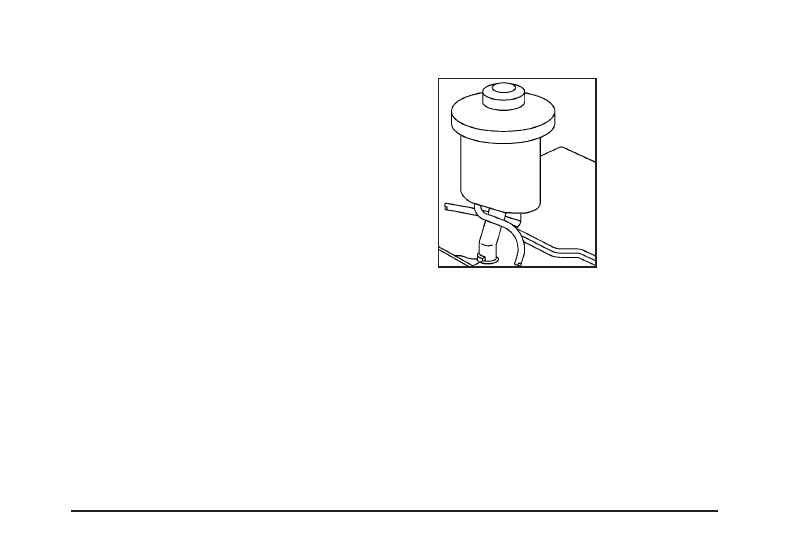Pontiac Vibe (2006 year). Manual - part 17

Hydraulic Clutch
The hydraulic clutch linkage in your vehicle is
self-adjusting. The master cylinder reservoir is filled with
DOT-3 brake fluid.
It is not necessary to regularly check the fluid unless
you suspect there is a leak in the system. Adding fluid
will not correct a leak.
The hydraulic clutch and brake master cylinder use the
same reservoir.
A fluid loss in this system could indicate a problem.
Have the system inspected and repaired.
When to Check and What to Use
The reservoir is located at
the back of the engine
compartment, on the
driver’s side of the vehicle.
See Engine Compartment
Overview on page 5-12
for more information
on location.
Refer to the Maintenance Schedule to determine how
often you should check the fluid level in your master
cylinder reservoir and for the proper fluid. See Part B:
Owner Checks and Services on page 6-13 and
Part D: Recommended Fluids and Lubricants on
page 6-19.
How to Check and Add Fluid
Check to make sure that the fluid level is at or above
the MIN mark. If the level is below the MIN mark,
see the instructions on the reservoir cap.
5-25